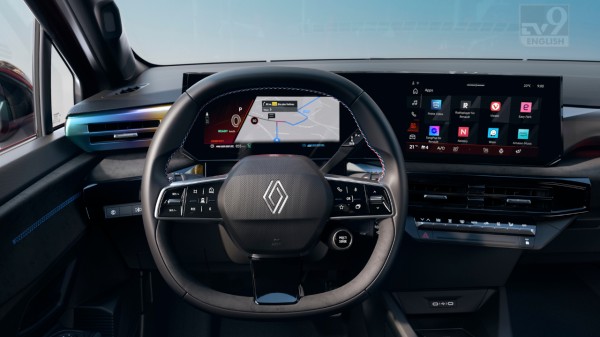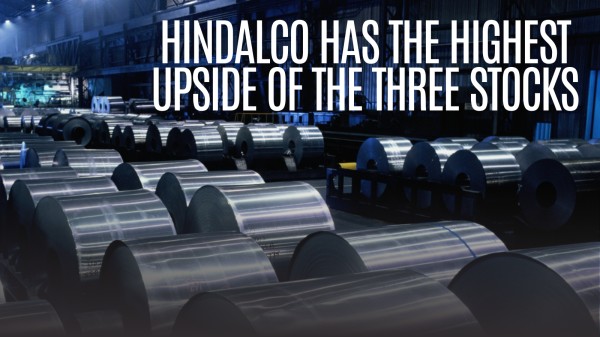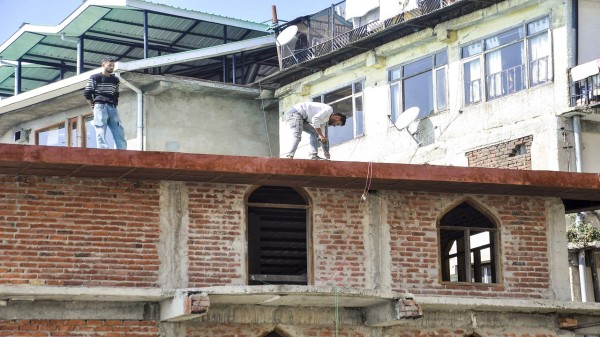

By signing in or creating an account, you agree with Associated Broadcasting Company's Terms & Conditions and Privacy Policy.


By signing in or creating an account, you agree with Associated Broadcasting Company's Terms & Conditions and Privacy Policy.

New Delhi: The new generation of the Renault Clio has been revealed at the Munich motor show, coming with a big update to the supermini in more than a decade. The new model comes with a lot of cues from the Embleme concept, coming with a similar aggressive-looking design.
The influence is mostly at the front, coming with an angular nose and new grille, which are flanked by daytime-running lights that are shaped like bisected diamonds. The newer iteration of the Clio is larger than the current one and measures at 412m in length, 1.77 m in width and has a height of 1.45 m. Renault have given it pronounced indentations around the front and rear lights and flanks moulded to form an almond shape.

In other places, the leading edge of the boot has been raised in order to create a spoiler. Together with the lip affixed to the roof, it makes for a twin-deck arrangement.
On the inside, the Clio retains the 10.2-inch infotainment and instrument display screen as the Renault 4 and 5. In mid-range Techno and range-topping Esprit Alpine trims, they will come with the brand’s OpenR Link software, with integrated services like Google Maps and Google Play app store. The steering wheel comes from the larger Renault Rafale SUV.

Despite the size increase, the boot space stands at 391 litres. All of this sits upon the same CMF-B platform used by the current Clio, though Renault felt that it would be far more enjoyable to drive. It is lightweight, coming in at 1155 kg. The new car comes with a much quicker steering rack and a wider track.
Two powertrains are being offered, an entry-level 1.2-litre turbocharged three-cylinder engine mated with a six-speed manual gearbox, which will make 113 bhp and 189 Nm, going up from 88 bhp and 159 Nm. It will go from 0-100 kph in just 10.1 seconds, and both fuel consumption and CO2 emissions are better now.
The hybrid will come with the two electric motors and four-speed automatic gearbox, although the four-cylinder petrol engine has gone from being 1.6-litres to 1.8-litres and the battery 1.4 kWh as opposed to 1.2 kWh. This means the car now makes 158 bhp and can do 0-100 kph in just 8.3 seconds. It also allows the car to go on an electric motor just for 80 per cent time at town speeds, as said by Renault. While it has been revealed now, it will most likely arrive in 2027.








